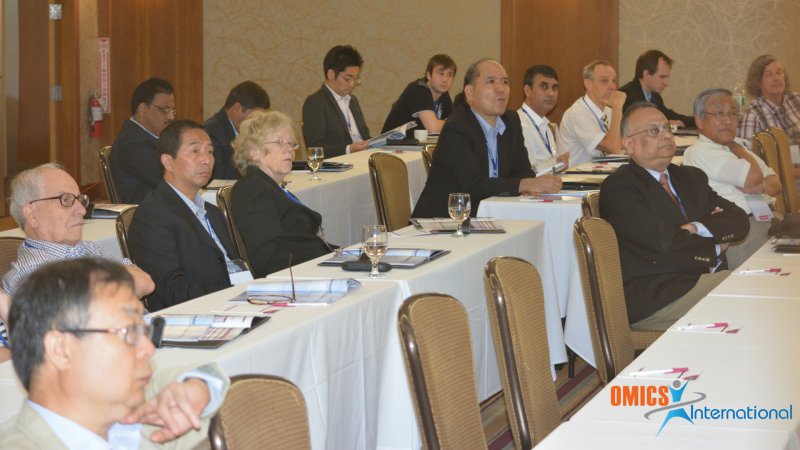
Beer Pal Singh
CCS University, India
Title: Impact of ambient H2S atmosphere on the growth and properties of vacuum evaporated sulfide semiconductors thin films for device applications
Biography
Biography: Beer Pal Singh
Abstract
Thin films of sulfide semiconductor are very important for their efficient use in the fabrication solar cells and optoelectronics devices. The properties of vacuum evaporated thin films of sulfide semiconductors are very sensitive to the deposition conditions. Vacuum thermal evaporation is very simple and inexpensive method which can be used for large area thin film deposition. The problem associated with this technique is to maintaining the stoichiometry in the deposition of compound semiconducting materials composed of elements having different vapor pressures. Generally the vacuum deposited thin films of compound sulfide semiconductors have deficiency of sulfur. Such non-stoichiometric films lead to defects in the crystalline structure which, adversely affect the electro-optical properties of the films. Thin films of compound sulfide semiconductors (CdS, ZnS and PbS) have been deposited in a low ambient atmosphere of H2S by thermal vacuum evaporation technique. Thiourea has been used to create an ambient atmosphere of H2S inside the vacuum chamber during evaporation. The higher reactivity of H2S will ensure a better conversion of the dissociated cations (sulfide ions) into compound sulfide semiconductors. The impact of ambient H2S atmosphere on the growth and properties of vacuum evaporated sulfide thin films have been studied via optical spectroscopy, XRD, SEM, EDX, AFM and XPS measurements. The films grown in H2S ambient atmosphere are more uniform, more adhesive, pin hole free and have better crystallinity and better adhesion to the substrates and would be inherently more suitable for any electro-optical device fabrication.


